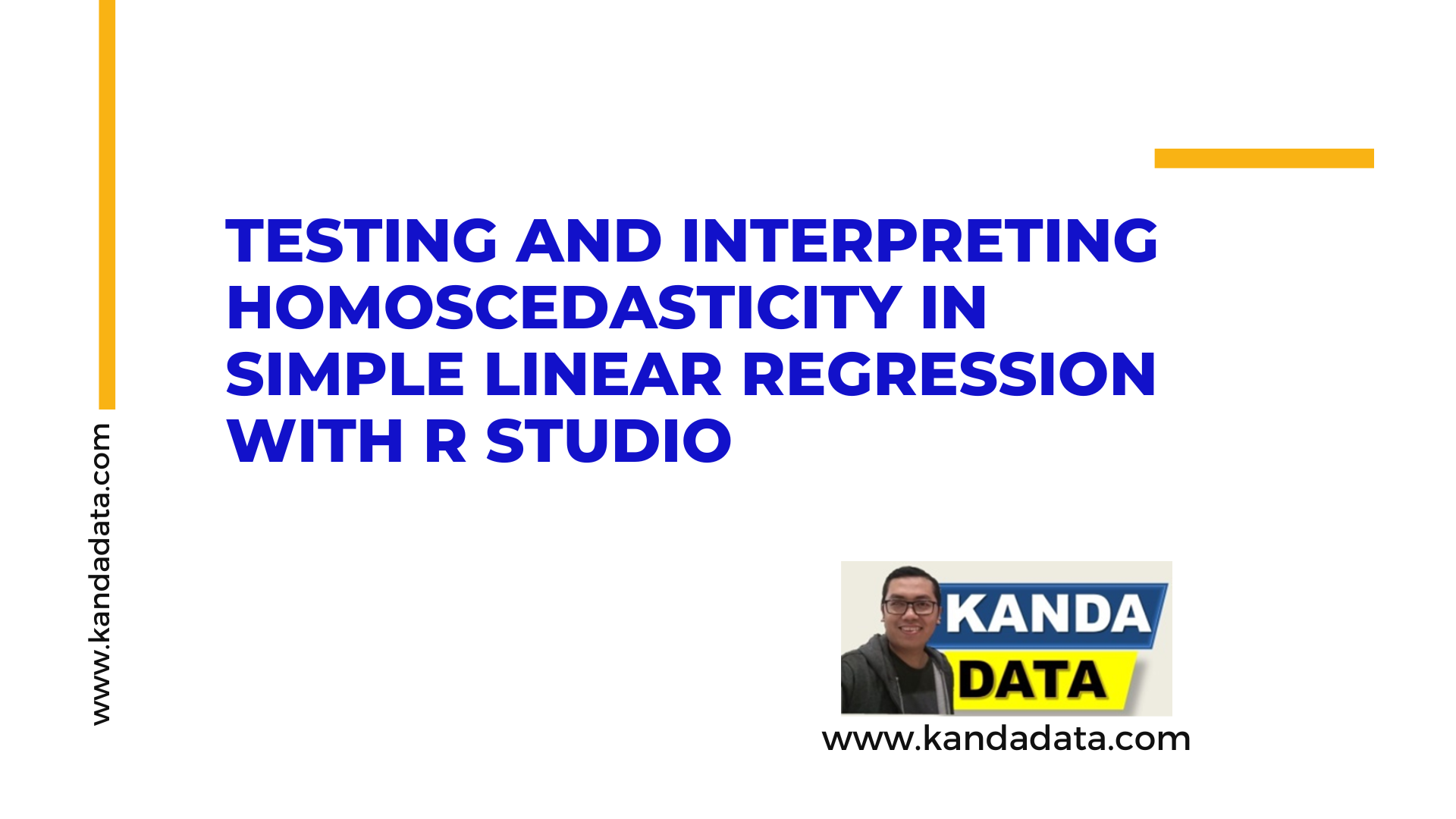Tag: Statistical Assumptions
Multicollinearity Test in Multiple Linear Regression Analysis
In multiple linear regression analysis, there is an assumption that the model constructed is not affected by multicollinearity issues, where two or more independent variables are strongly correlated. Multicollinearity can lead to errors in parameter estimation and reduce the reliability of the model.
Assumption of Residual Normality in Regression Analysis
The assumption of residual normality in regression analysis is a crucial foundation that must be met to ensure the attainment of the Best Linear Unbiased Estimator (BLUE). However, often, many researchers face difficulties in understanding this concept thoroughly.
When is autocorrelation testing performed in linear regression analysis?
In regression analysis, researchers must ensure that the constructed model meets several required assumptions. One assumption in ordinary least square linear regression is the absence of autocorrelation in the model’s residuals. Autocorrelation occurs when there is a correlation pattern among the residual values in the regression model.
The data that cannot be transformed using natural logarithm (Ln)
In quantitative data analysis, to ensure unbiased and consistent estimations, it’s important to meet several assumptions required in the conducted tests. However, sometimes, the test results may not meet the desired expectations.
Differences Between Paired Sample T-Test, Independent Sample T-Test, and One-Way ANOVA
Differential testing is aimed at determining the mean differences in the tested sample groups. In practice, paired sample t-test, independent sample t-test, and one-way ANOVA are often used to test means in more than one sample group.
Testing and Interpreting Homoscedasticity in Simple Linear Regression with R Studio
Homoscedasticity is a crucial assumption in ordinary least square (OLS) linear regression analysis. This assumption refers to the consistent variability of regression residuals across all predictor values. Homoscedasticity assumes that the spread of residual regression errors remains relatively constant along the regression line.





